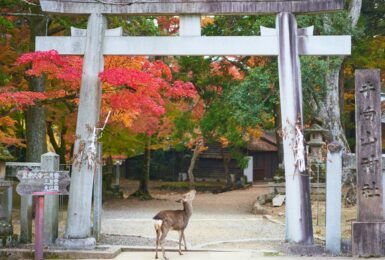 Photo: Contiki
Photo: Contiki
A country so rich in culture, tradition and delicious culinary experiences, you just can’t help but visit Japan again and again and again. Your first visit is when you’ll be busy having your mind blown by the country’s famous sights and getting your first taste of real sushi, but your second trip is when you’ll really start to notice all those little nuances of the real Japan.
Famous for having extensive etiquette and culture rules, and an ancient traditional side and booming modern edge, there’s a lot to learn about Japan before visiting. But here are your favourite and most interesting fun facts about Japan to prepare you for your trip ahead.
Want to test your knowledge afterwards? We’ve got the perfect Japanese trivia quiz for you…
1. Robots and technology rule
Japan is a futuristic country built around convenience, sustainability, and state-of-the-art technology. Giving excellent service is important in Japan. And what better way to provide impeccable service than innovative technology to match?
A few observations:
- Robots rule. There’s an adorable robot café which brings care and inclusivity, and a robot operated hotel in Nagasaki
- Vending machines are located literally every 100 metres, serving all kinds of drinks
- Parking is vertical. Space is a luxury in Japan and over 540,000 car parks have gone vertical
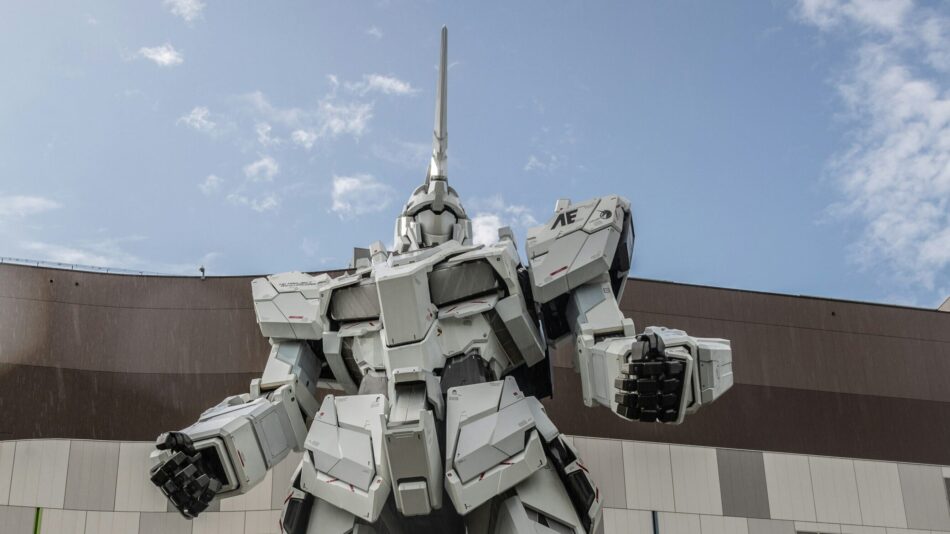
Image source:Sebastian Kurpiel / unsplash
2. Bowing is a sign of respect
This gesture is used to greet (hello or goodbye), apologise, and display gratitude. A simple bow to your waist will do, or even just a bow of your head, but the real observation is the depth of the bow between one person to another as it’s reflective of the status of that person.
Even the adorable little deer in Nara bow to you for crackers – how cute!
3. No shoes indoors
Japan has a very strict ‘no shoes’ policy which applies to a lot of places you’ll visit across the country. This stems from Japan’s culture of cleanliness and respect. While you’re out and about in the streets, popping into shops, you’ll be fine. However, when visiting homes, traditional restaurants, temples, and shrines, you will most likely be asked to remove your shoes. Don’t worry, these places will provide spare slippers for you to wear instead! One rule to remember especially is: no shoes on tatami!
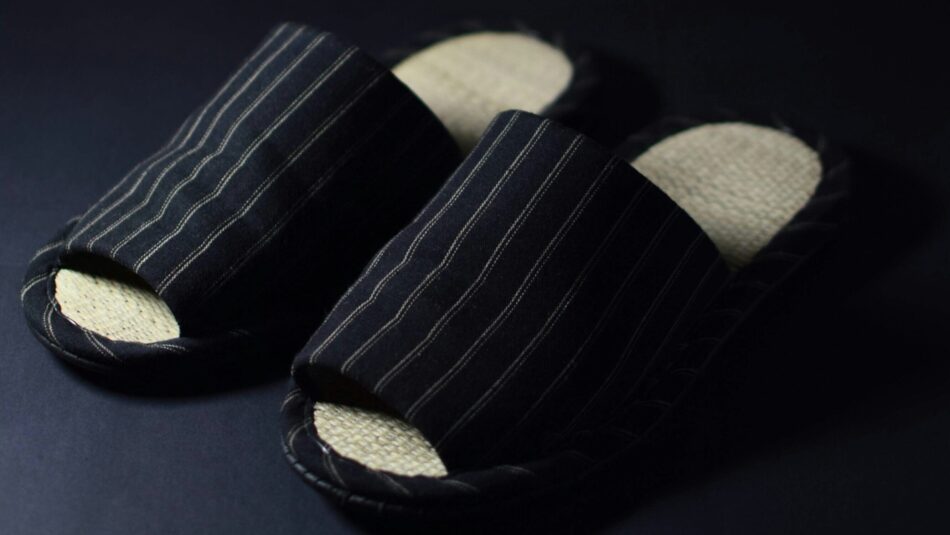
Image source:Hitomi Bremmer / unsplash
4. The fastest train in the world
Japan is home to the fastest train in the world – but it’s not the one you think it is! The Shinkansen (bullet train) is almost synonymous with this high-speed nation and it’s probably the train you’ll take most often on your travels between Tokyo and Kyoto and Hiroshima. But, the Maglev is actually the fastest train, with a record of reaching 603km/h! It feels like you’re floating.
Japan is also home to the busiest train station in the world at Shinjuku, with around 3.65 million people using the line every single day – mad!
While using public transport, there are a few rules to keep in mind. Train-tiquette, if you will.
- Trains are rarely ever late
- Try to restrict conversation or keep it quiet
- Eating is frowned upon on the local lines, as well as drinking anything from an open cup
- Keep your phone on silent
- Ticket purchasing is done through vending machines and fares are based on how far you go
- Queue jumping is not tolerated, especially on trains. No matter how much of a hurry you’re in, don’t jump the queue
5. Crossing chopsticks symbolises death
Food is an important element of Japanese culture, and there are lots of etiquette rules to keep in mind. You may or may not be surprised to learn that there are several rules reserved just for chopsticks! One such rule is that you should never cross your chopsticks as this symbolises death. Why?
It’s because the gesture resembles a funeral rite where bones are picked out of the ashes with chopsticks and passed to another – crossing the chopsticks in the process. Additionally, sticking your chopsticks into food vertically is also considered a bad omen as it resembles the incense sticks used during funerals.
Other bits of foodie etiquette you should be aware of:
- At most restaurants you will be served with a wet towel and chopsticks
- It’s polite to say ‘Itadakimasu’ before eating, and ‘Kampai’ when cheers-ing your drink (nifty Japanese phrases for you!)
- It’s considered rude to not finish everything on your plate
- Slurping noodles is seen as a sign of enjoyment – so slurp away!

Image source:Juan Encalada / unsplash
6. The Kawaii epidemic
In the 1970’s, the Kawaii culture well and truly began as advertising agencies looked for ways to mass-market “cute things” to the population. And boy did it work, with so much of Japanese culture now revolving around this concept. For example, the themed “Kawaii Monster Cafe” in Harajuku, decorated in crazy and vibrant colours and complete with Harajuku waiters to welcome you to your table, and that’s just a taste of Japan’s obsession with cuteness.
7. Ometanashi isn’t just a word, it’s a way of life
Familiarise yourself with “O-me-te-na-shi”, short for, “Japanese service and hospitality.” It’s derived from the practice of politeness with intent to create harmony and avoid conflict. You will experience customer service to a whole new level, that goes above and beyond anything that you’re used to. From traditional ryokan’s to shop assistants running out the door to return your 1yen coins – you’ll be showered with kindness and amazed at their attention to detail to keep you smiling.
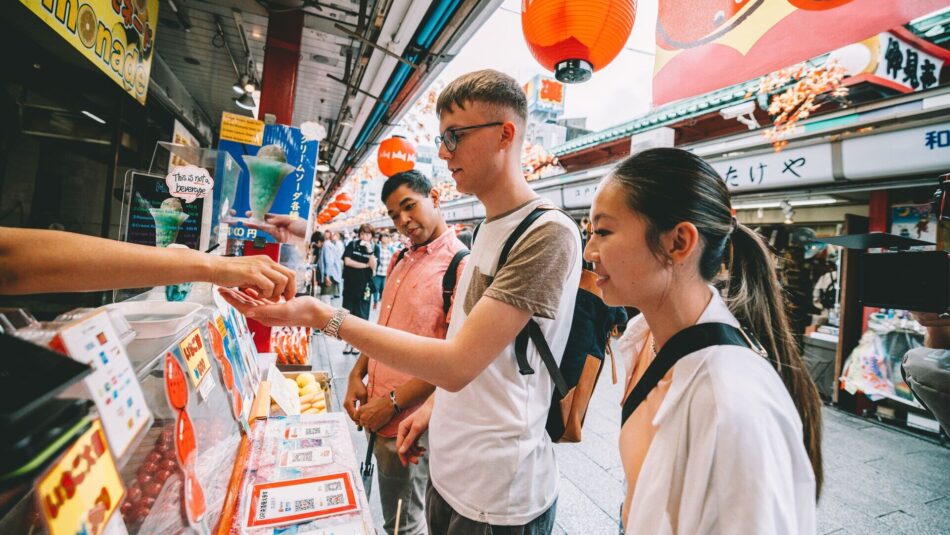
Image source:Contiki
8. There’s a zero tolerance policy on rubbish
If you’ve ever been to Japan, you’ll soon realise that rubbish bins are scarce. Most sites and public spaces are immaculate and clean. It’s basic etiquette to take your rubbish home with you and word on the street – all local residents receive a garbage guide with rules for trash collection broken down from plastic, paper, cans, newspapers, burnables etc.
9. Japan is very big on gaming and manga
No doubt you’ve heard of Nintendo, Sega, or even Bandai Namco – these are just a few of Japan’s famous gaming companies, bringing amazing games and consoles to the market for us all to lose our minds to! Zelda, anyone?
Akhihabara is the go-to ‘electric town’ and the largest electronics and appliance district in Tokyo, Japan. Expect to find the best arcades, infamous maid cafes and manga (Japanese comic) left, right and centre. A new game-boy would make a really great Japanese souvenir.

Image source:Matt Popvich / unsplash
10. Animals and humans coexist in harmony
From shrines dedicated to cats (neko), to the Japanese macaques (aka the snow monkeys) in Hokkaido, the roaming and bowing deer in Nara, and the red-crowned crane that flies over the country – Japan is a nation that lives in harmony with its animals.
This is partly rooted in the Shinto religion: a faith that prioritises connection with the natural world. Many animals hold spiritual connotations in Shinto belief. There is also just a strong cultural inclination towards caring for animals and wildlife in Japan.
11. Shibuya is the world’s busiest crossing
If you’ve ever looked up pictures of Japan or watched anime, you’ll no doubt have seen some kind of iteration of Shibuya crossing before. Can you guess how many people cross it everyday? 2.4 million, on average! Which is absolutely insane, marking it as the busiest pedestrian crossing in the world. You might think it’s Time Square in New York, or something, but Tokyo is also the most densely populated city in the world with 37 million residents. CRAZY!
It’s just a crossing at the end of the day, but it’s still one of the best things to do in Japan.
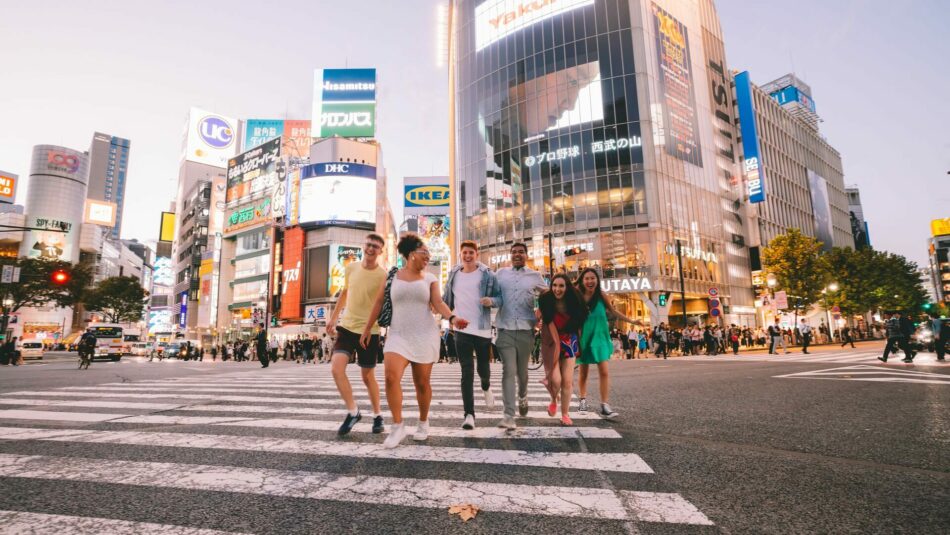
Image source:Contiki
12. The symbol of the country is the sun
As demonstrated by the country’s flag which features a red circle on a white background, Japan’s symbol is the sun. It’s known as the ‘hinomaru’, meaning ‘circle of the sun’, and seeing as Japan lies at the far West of the Pacific – or east, depending on how you look at the globe – you’ll see some really magnificent sunrises over the ocean.
13. Buddhism is one of the largest religions in Japan
Japan’s two primary religions are Buddhism and Shinto, and the two faiths are often practised together.
Shintoism is deeply engrained in Japanese culture and is the indigenous religion, believed to be as old as the country itself. This faith focuses on the natural spirits of the world known as ‘kami’. There are many festivals dedicated to various spirits, and the visitation of shrines is a common occurrence for many residents.
Buddhism on the other hand was brought to Japan from China in around the 6th century, and this faith focuses more on the soul and the afterlife, as well as the pursuit of enlightenment. Zen Buddhism is a particularly popular sect in Japan, and you’ll find monasteries and monks at various Japanese temples throughout the country.
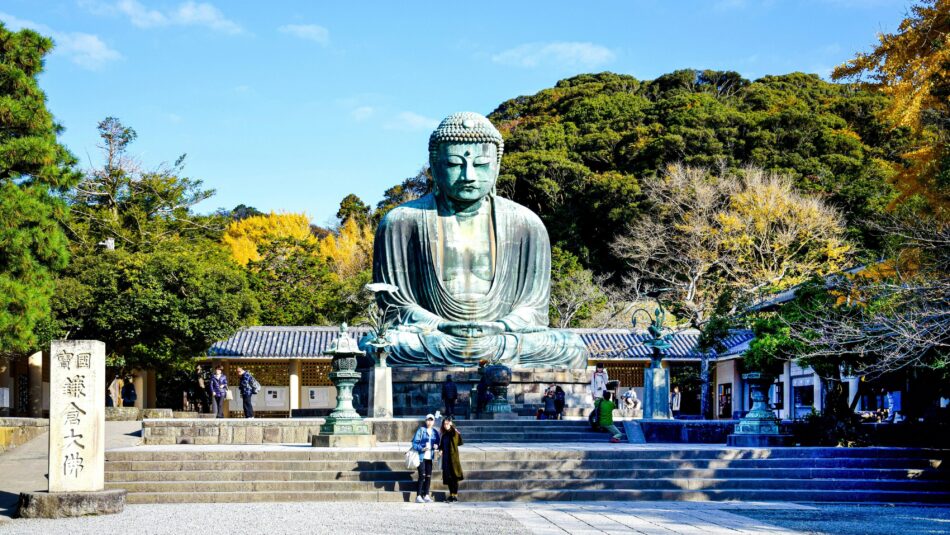
Image source:AXP Photography / unsplash
14. Japanese people commonly use seals
Ever get bored of the signature you came up with when you were like 8 years old and didn’t know any better? Well, why not try it the Japanese way! Instead of using signatures, important documents are often signed with personal seals. Known as ‘hanko’, the seal is a stamp and your unique hanko is usually derived from your name translated into Kanji characters.
Adults will often have three separate hankos: one for signing letters and personal correspondence, one for bank matters, and one as their identity seal.
15. Home to the largest fish market in the world
It comes as no surprise that Japanese food revolves around fish and seafood, so it follows that the largest fish market in the world would be right here too! In Tokyo you can visit the Tsukiji fish market where thousands of stalls sell all kinds of delicious street food from sashimi, takoyaki, mochi, etc. The market is nearly 100-years-old and it’s a favourite attraction for locals and tourists alike.













